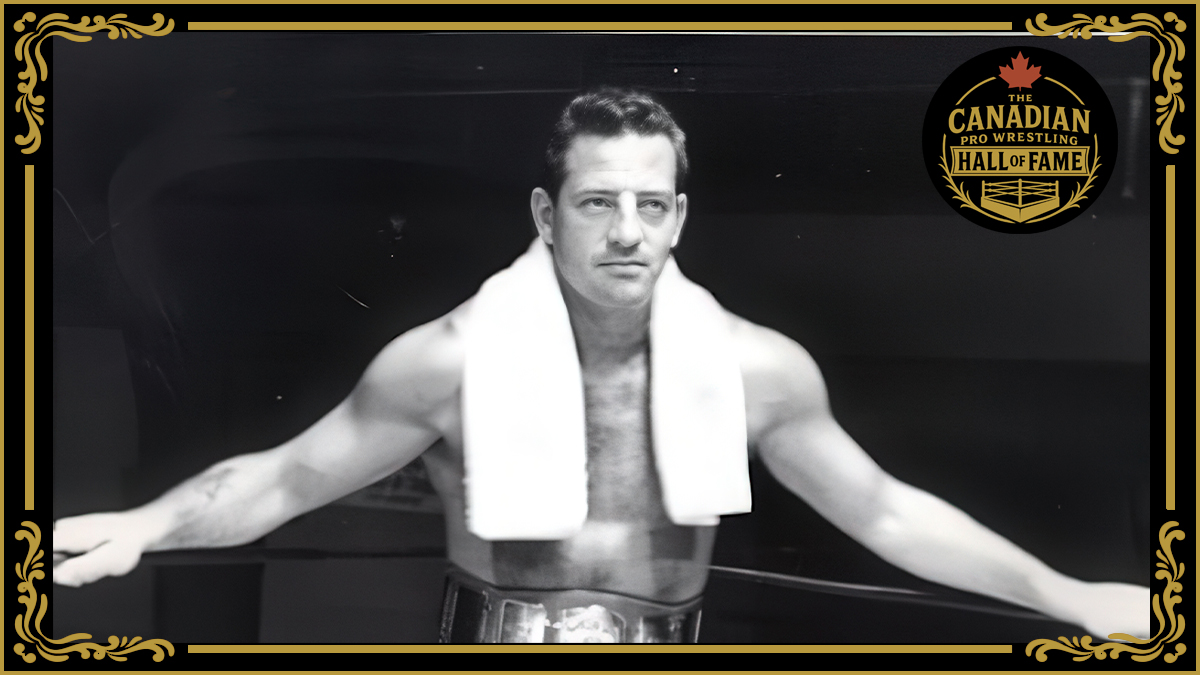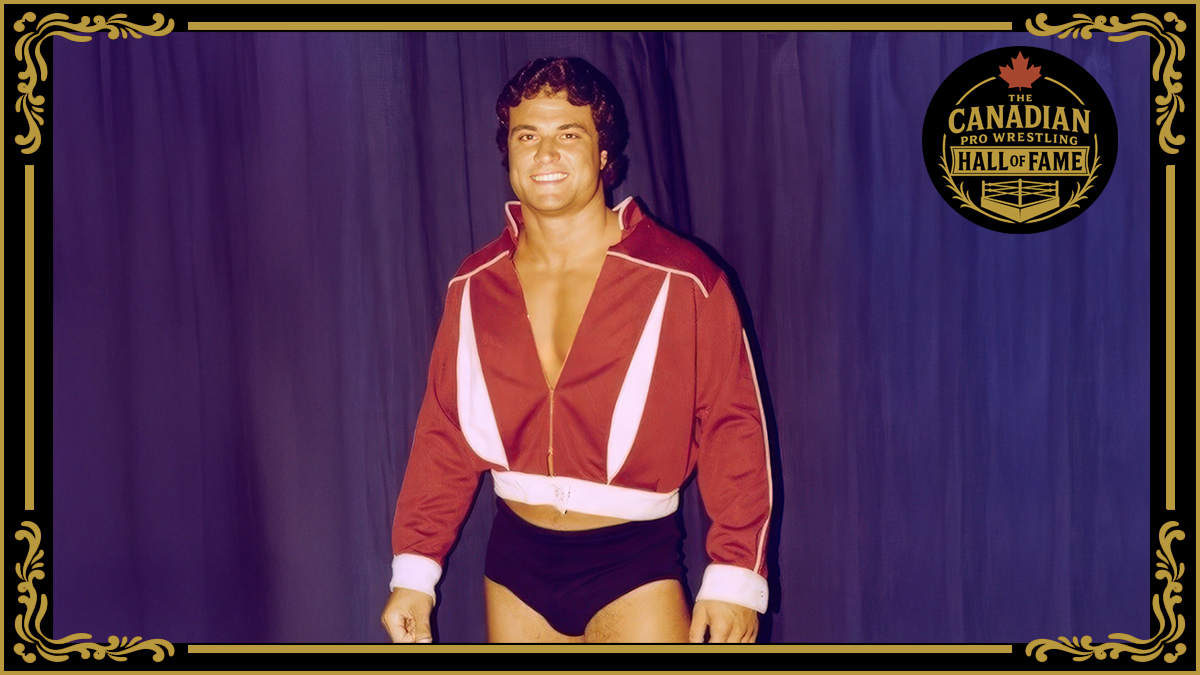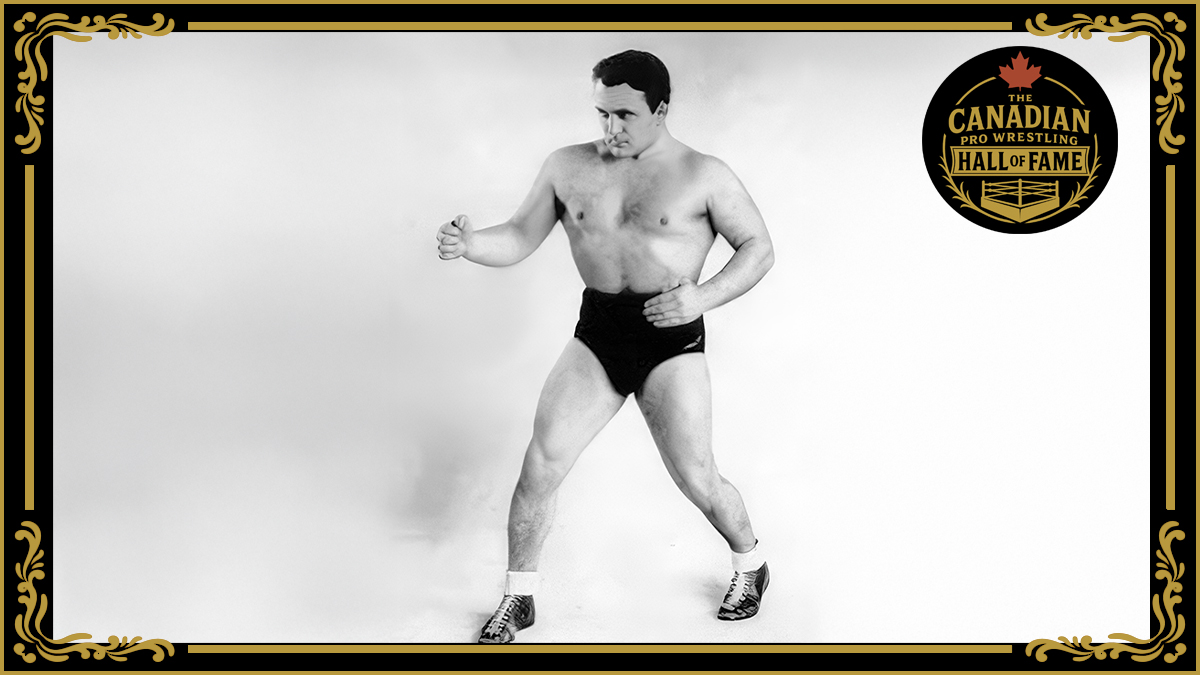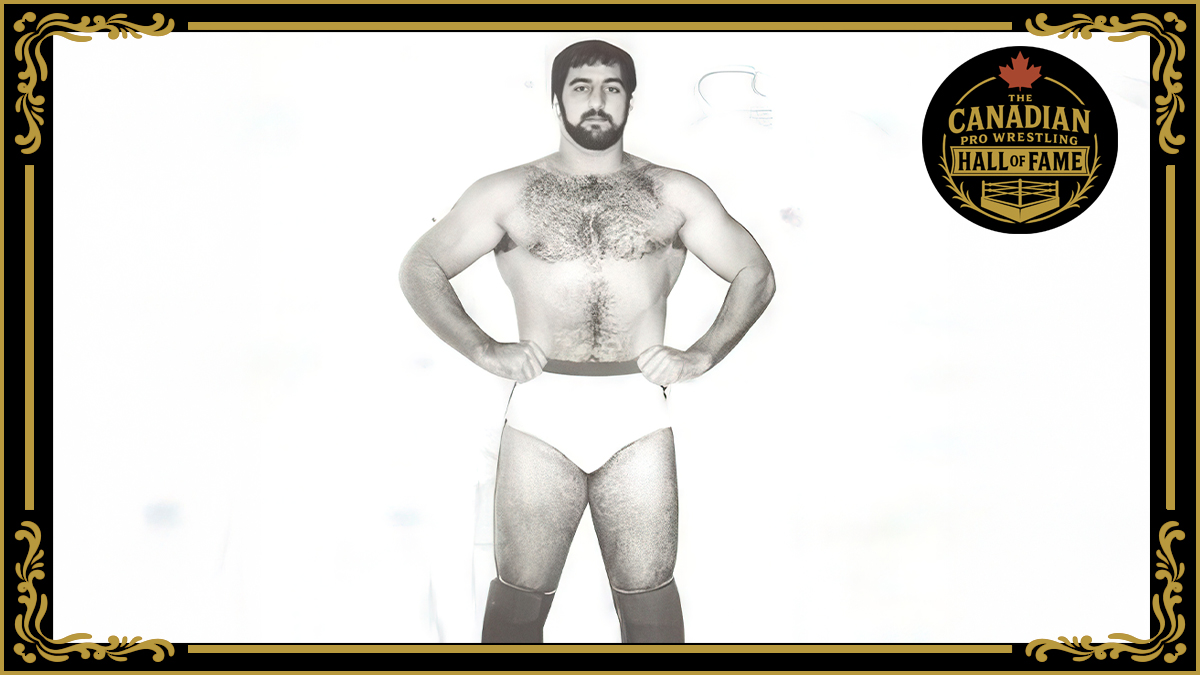If life is made up of key moments, then one key moment in the life of Hamilton’s Howard Martin was having Fritz von Erich taking him aside and telling him to find a new name.
It was 1958, and Martin, relatively new to the business, was working in Buffalo for Pedro Martinez, and Fritz von Erich (Jack Adkisson) was there as a headliner. Martin asked Fritz for a ride from Cleveland to Buffalo, and Fritz said that he had been wanting to talk to him.
Martin recalled the conversation for SLAM! Wrestling. “I’ll never forget the conversation. ‘Pepper, you’ve got to change your name. Howard Martin is not a good wrestling name. Your problem is you don’t think you’re as good as all the other guys that are working. You’re just as good a worker as they are. Why don’t you change your name to Pepper Martin? The name could really mean something. It’ll help you psychologically. Pepper Martin was a famous baseball player and he’s in the Hall of Fame, so why not capitalize on that name? That was it. That’s how I got the name Pepper Martin.”
It’s just one story of many that Martin spins in his eloquent, colorful style. Sitting down to talk with Pepper Martin is a time commitment. In exchange, the listener gets glimpses into the wild and woolly — and remarkably similar — worlds of pro wrestling and acting from a master storyteller. “My unfortunate situation in the business is that I don’t have short stories,” deadpanned Martin.
Born September 20, 1936 in Hamilton, Ontario, Martin was always into organized sports, and football was his favorite. Sporting genes ran through his family: divers, swimmers, basketball players. But it’s his grandfather Tommy McGraw whom Martin talks about most fondly. His grandparents owned a driving range on Beach Road in Hamilton during the war, and lived in a caddyshack. Pepper started golfing at the age of nine, and it’s a passion he continues to feed today.
When he’s not golfing near his Glendale, California, home, he’ll work as a marshal on the course. Back when Martin was about 48, he started taking his golf more seriously, in an attempt to try to make the Senior’s Tour; “I discussed it with my wife, and she said why not, if you’re willing to work hard at it. … I chased a rabbit trying to get on the Senior Tour. I just didn’t have the game.”
His health has been an issue over the last decade, with both the typical wrestling issues — a hip replacement, a knee replacement — and an atypical right eye disease called scleritis, which eventually resulted in the eye being removed. Martin also battled lung cancer, but surgery that removed 25% of his lung meant that he didn’t have to have chemotherapy or radiation treatment.
But looking back half a century, what Martin did have in his early years was a lot of gumption. He was just 16 when he lied about his age to join the Navy. “I was a big kid for my age,” explained Pepper. In the Navy, he played football, and in his second year he got hurt and tore up his knee, and had to have cartilage removed. “Then they found out how old I really was and they kicked me out.”
Martin had already met his future wife, Jordy, and they were dating. They were married July 21, 1956, and went on to have two daughters (and now four grandchildren). He took a job at Westinghouse in Hamilton, and a chance to play with the Hamilton Tigers football club came up. Needing to get in better shape, and rehab his knee, a friend directed Martin to a gym run by Al Spittles.
He didn’t know it was THE place to train for pro wrestling in Hamilton. “It was at King St. and West Ave. It was on the second floor. When you walked up, there was a ring in the middle of the gym and the weights were all around the walls, and mirrors,” he said. “I started a whole rehab program there. I’d go there Monday, Wednesday and Friday. I noticed when I went there Tuesdays and Thursdays, he’d kick everybody out, nobody was allowed into the gym after six o’clock on those days, and on Saturday afternoons.
“I’d see these wrestlers, and of course then, wrestling was big on TV. So I’d been watching wrestling on TV and I liked it. Now, I meet a couple of these guys, and I went to Al, ‘Al, I’d like to be a professional wrestler. It’s what I want to do.’ ‘Forget it, it’s not the life for you.’ Anyway, I kept getting a little bigger and a little bigger, and kept bugging him and bugging him. Finally, one day I came in — I was now about 225 — and he said, ‘You still want to wrestle?’ ‘Yeah.’ ‘Be here tonight at 6:30.'”
Of his fellow trainees, Steve Bolus was really the only one who did much more than work locally. “We all wrestled amateur for a few months, and then he started teaching us pro moves. The following summer, I fell in love with it. It was like a duck to water. Al used to have matches at the gym, maybe once a month. To see the guys have their matches and working out, it was incredible.”
In his first match, he teamed with Bolus against Johnny Evans (later Reggie Love) and Bull Johnson (father of Bullwhip Danny Johnson).
Like a lot of rookies, an injury to another worker led to his break. The midgets were on tour in Ontario with Dave Dubois and Victor the bear, with a couple of big guys; one of the big guys got hurt and Pepper joined the summer tour. The midgets recommended him to Jack Britton, who brought him into Detroit.
Martin started in Sarnia, stayed in a rooming house in Windsor where Jack Palla and Bill Dromo also stayed. “Mrs. Moriarti. She spoke broken English, a lovely, lovely little lady,” Pepper recalled like it was yesterday. “Her deal was $15 a week room and board, and she’d serve us a late breakfast and dinner before we went on the road. And if you wanted your laundry done, it was $20 a week. That’s where I stayed for my first few months on the road, and that was my first territory.”
After Detroit, Martin went to Tennessee, back to Detroit, then Indianapolis for Jim Barnett which had just busted open around 1959. Pepper remembered being in the hotel a floor down from Emile Dupre, and counting his money. “I counted all that money, and I had $1,100 or $1,200. I kept counting it and counting it. I had never seen so much money in my life. In those days, Barnett was probably the best paying promoter. Those cities were selling out, Detroit $44,000, Cincinnati, Ohio, the brand new Coliseum, they were all selling out. We were just preliminary boys, but he paid very, very well.”
The Tulsa, Oklahoma, territory marked the first time that he took his wife and kids on the road. Jordy Martin quickly learned to pack on a moment’s notice, and be off to the next territory.
Meeting and befriending Al Lovelock was another key point in his career. “He was a great ring general, one of the best I ever saw.” Lovelock asked Martin to be his partner and they went to Leroy McGuirk and he agreed. The new team ordered their new outfits from a lady in Ohio. They also worked in Buffalo together.
“That was my first break as far as making some serious money,” said Martin, launching into a complicated story about friends in the mob and a poor payoff.
Martin and Lovelock worked out of New Orleans for about a year. “Horrendous trips” was how Martin described the territory. Pepper knew a few of the shadier characters around town, one of whom was Pete The Hat, bodyguard to a hotelier. “We got a bad payoff in Monroe, and it was a sellout. It was Al and I against Happy Humphrey,” said Martin. The next day over breakfast with Pete the Hat, Pepper complained about the payoff. That night after the matches in a bar on Bourbon Street, Pete the Hat promised Pepper he’d get his money back. “He was going to go get my money, and I had to go to his boss, Mitch Serial — we used to call him Big Daddy — ‘Big Daddy, you’ve got to go to Pete. He’s going to go to Monroe, Louisiana to see the promoter and get money. It’s silly. All wrestlers complain about their payoff.'”
In Texas, Martin was stabbed and went home to Hamilton. Morris Sigel in Houston called him about coming back to Texas, but this time as a babyface. While wrestling again in Houston, Pepper got a telegram from his sister that their father had had a heart attack. After returning home, Martin went to Minneapolis, then Vancouver, then St. Louis (Wrestling at the Chase — “I liked that very much, and met a lot of great guys in that territory”).
Then Martin got a call from Roy Shire in San Francisco, and he told his wife to pack the trailer once again. It was on the west coast that Pepper Martin became a star attraction, both in the ring and on the screen.
But that’s a (long) story for another day.
RELATED LINKS
- Mar. 21, 2022: Mat Matters: A short take on the loquacious Pepper Martin, dead at 85
- May 14, 2016: Pepper Martin’s book decidedly old-school
- Oct. 14, 2005: Pepper Martin: The acting years




